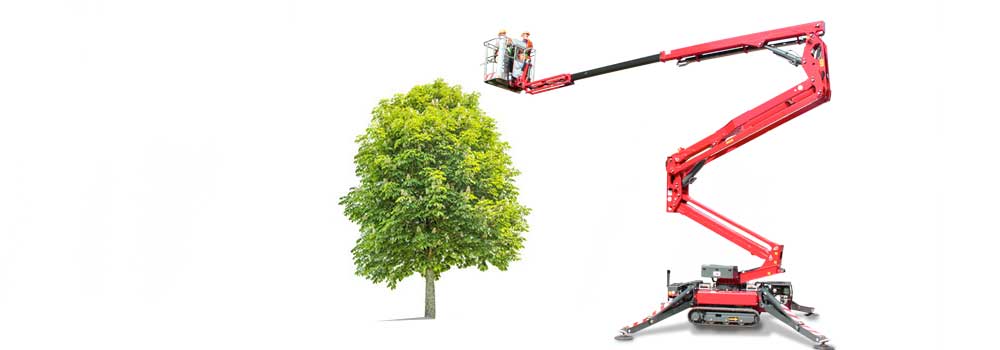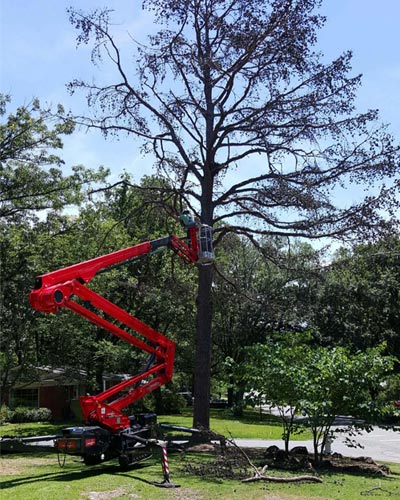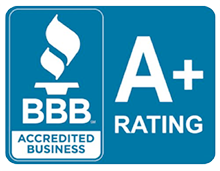Types of Tree Disease
Trees are living organisms, much like us. As such, trees can become sick with disease, too. Knowing the different categories of diseases helps you look for the signs of each and can also keep you aware of the conditions that trees become infected so that you can remain one step ahead.
There are two broad categories of diseases in trees:
- Infectious diseases –Much like human illnesses, which are spread through contact with a pathogen, infectious diseases in trees are when a disease-causing microorganism is involved. These can include bacteria, fungi, or viruses. The way they infect trees can vary greatly, but as the name suggests, infectious diseases can be just that: infectious. If you notice trees in your area becoming diseased, you’ll want to take preventative measures to protect your tree.
- Noninfectious diseases — You know how you become sick more often when your surroundings make it easier to contract something? Perhaps when it’s cold outside or when you haven’t been able to eat well and take care of yourself? Well, the same happens for trees! Noninfectious diseases happen when an environmental stressor takes effect and increases the likelihood for a disease to develop. These can involve temperature extremes, fluctuations of moisture in the air, lack of proper nutrients, pollutants, and vandalism. Additionally, noninfectious disease are the most common type and account for 90% of plant problems in some urban areas.
Now that you know the tree disease categories, you can keep an eye out for the signs and take steps to prevent disease from ever taking root in the first place!
Tree Disease Signs
Both noninfectious and infectious diseases have similar symptoms, so taking care to survey the trees in your yard to look for signs of each can help in the early detection of problems. Catching disease early means that you won’t have to cut down the whole tree or that it won’t involuntarily come crashing down potentially hurting your property, or worse, a loved one.
A tree may be diseased if:
- The canopy is thinning or there are completely bare branches with no leaves or flowers.
- There are leaves that are discolored, undersized, blotchy, spotty, or just overall abnormal to how they usually look.
- There are vertical cracks up the tree or there are marks in which no bark grows.
- There are segments of dry, brittle, or dead wood.
- There are signs of decay like mushrooms, wood conchs, and other types of fungi.
These symptoms may be similar for both infectious and noninfectious tree diseases, but distinguishing the difference between them and diagnosing with the right disease can go a long way in the treatment of your tree.
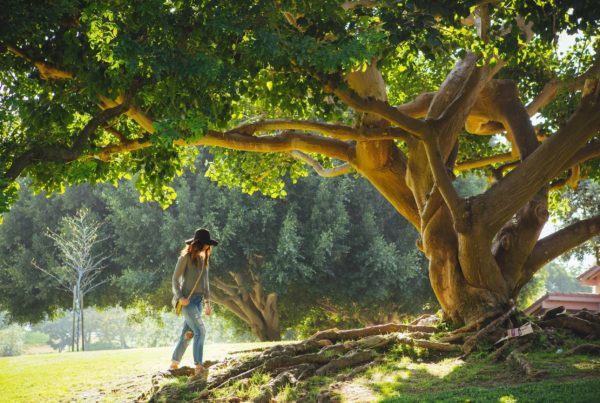
Getting to the Root of the Problem When tree roots show through surface soil, knowing what actions you can take—and which ones you should avoid—can be critical to the life of your tree. Exposed tree…
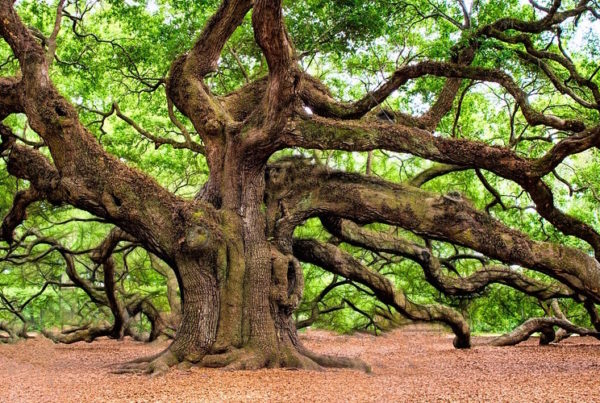
The lifespan of a tree is largely dependent on the type of tree. In ideal conditions, for example, ornamental trees live 15-20 years, but a maple tree can live a century. Other species like giant…
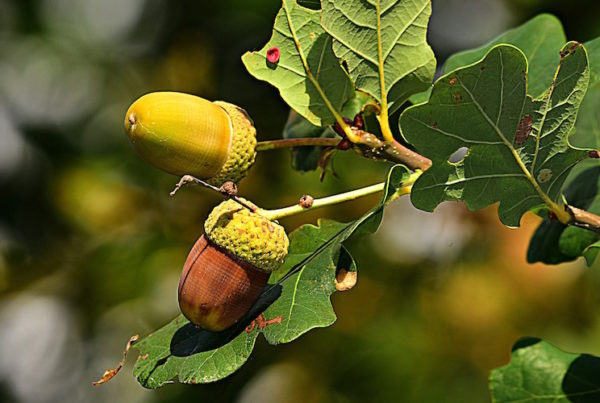
Although we generally may view trees as part of nature and in need of less maintenance, the truth of the matter is if you have trees on your property, you should take care of them…
Tree Disease Treatment
While some people may be capable of discerning these signs, other problems might be hard to catch with the untrained eye– and even harder to diagnose. If you think you see any of the above signs or you just want to check the health of the trees in your yard, call a certified arborist.
The tree experts at Capital City Tree Service have a keen, trained eye to spot and diagnose trees by performing a full inspection. Once they have all of the facts and any samples to bring back for testing, then they can make a judgement on the health of your tree while also offering treatment options. Finally, you can ask us any questions to make an informed decision based on our years of tree knowledge and experience!
The tree doctors are in! Capital City Tree Service will take a look at your tree for FREE! Just contact us today for all of your tree needs.

